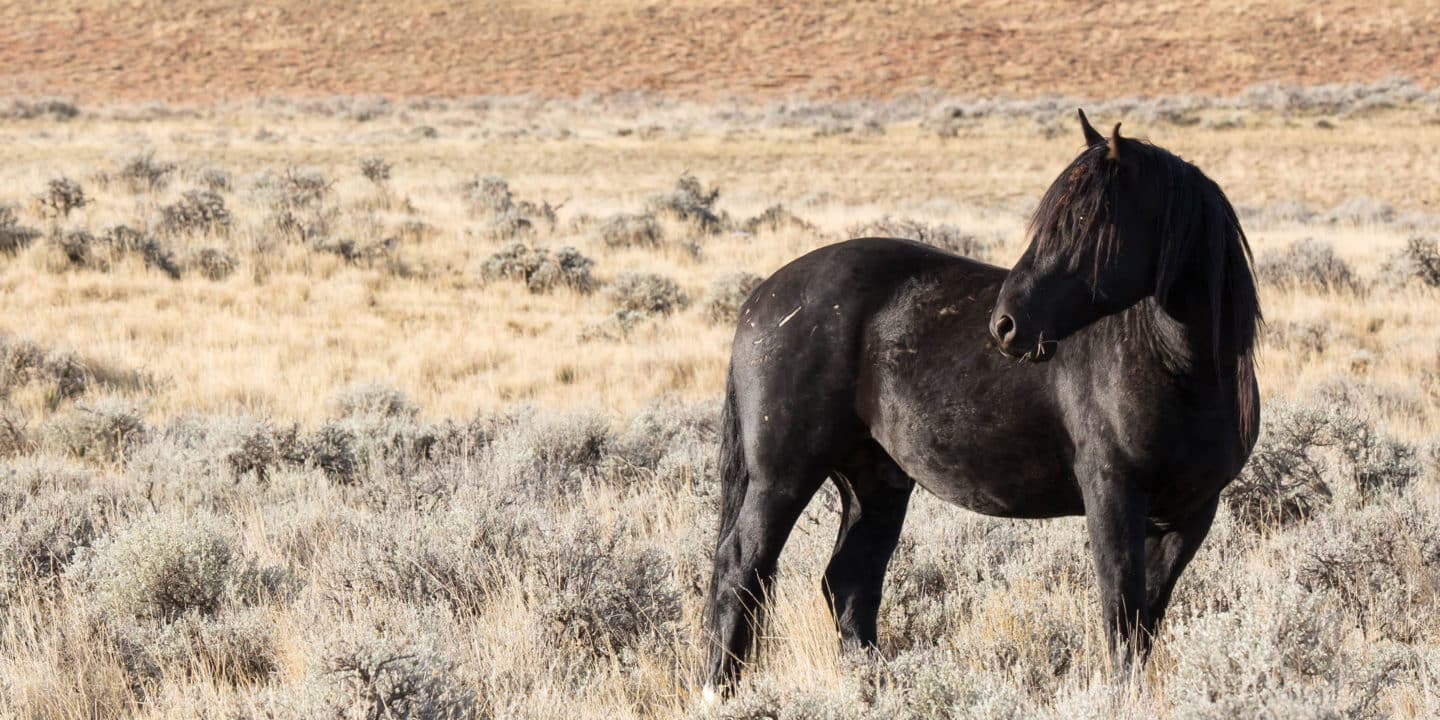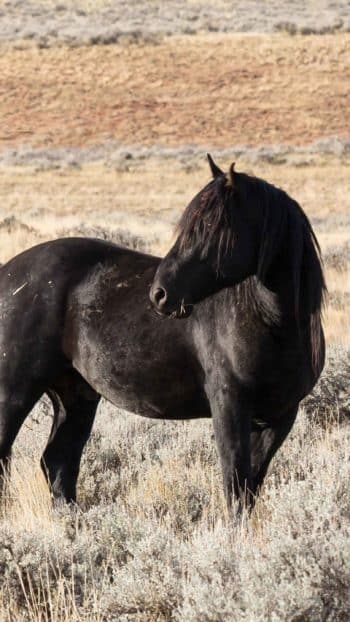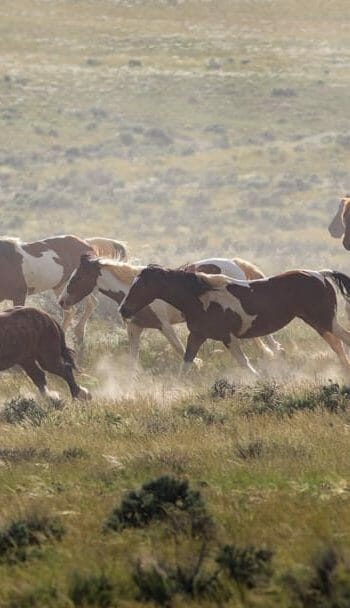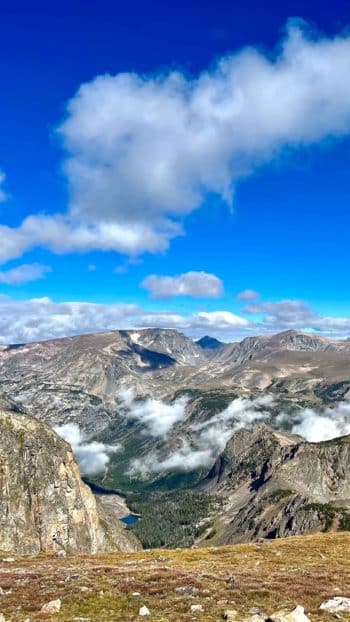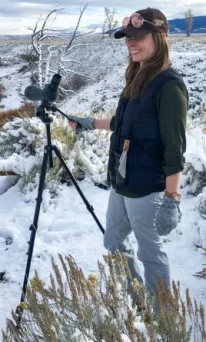The rodeo is quintessentially Western. A demonstration and celebration of athleticism and aptitude, millions are entertained every year witnessing the skill, grit, and determination that have been utilized in the ranching world every day for hundreds of years. It is a multi-million dollar industry that draws people in from all over the world with over 30 million annual spectators!
Early Origins- The First Cowboys
The origins of the rodeo date back as far as the 1500s in Mexico after the introduction of modern horses to the continent. The name rodeo comes from the Spanish verb rodear, meaning to round up or encircle. The use of horses allowed people to manage cattle in greater numbers, and rodeo skills quickly became important not only for moving and taming the cattle, but for other required tasks like branding, sorting, castrating, and taking to slaughter. By the 1800s, ranch hands, also known as vaqueros in Mexico, perfected their riding and roping skills as they rounded up wild cattle on the landscape to separate one ranch’s cattle from another’s. Vaqueros are also responsible for the Western fashion trends that we see today from chaps, boots, hats, fringe, and more.
Managing and handling cattle takes great skill and patience, much of which they developed on the job. Most ranch work was seasonal, so during their downtime between jobs, vaqueros would challenge each other to see who could rope the best or who could ride the most wild horses. These games would often draw a crowd of onlookers, and thus the beginnings of the rodeo took shape. Neighboring ranches would challenge each other in organized events, and with more and more spectators attending, it evolved into an entertaining sporting show. The term ‘rodeo’ wasn’t used until later in 1920, and until then, names like Frontier Days, Stampede, and Cowboy Contests were popular names for the shows.
By the mid 1800s following the Mexican-American War and the annexation of southwest territories by the US, vaqueros were seeing their culture adopted by the US cowboy culture of the American West, and it was there to stay. The sport of rodeo continued to grow, and contestants came from every background: Black, White, Latino, Native American people and women could compete in any event as long as they could pay their entrance fee in most rodeos.

Buffalo Bill’s Wild West Show
In 1883, Buffalo Bill began his famous Wild West Show which was a spectacle celebrating all of the West’s cultural specialties: rodeo competitions and tricks, Pony Express relay races, and historic reenactments of famous frontier events. The show’s popularity was unmatched with hundreds of performers and tens of thousands of attendees, reaching a record of 3 million spectators in 1893 at the Chicago World Fair. Buffalo Bill took his show international, touring Europe eight times between 1887 and 1906. It experienced such explosive popularity that it catapulted rodeo into the professional realm.
Rodeo Around the World
World War I almost spelled the end for the rodeo as a sport, but public interest was resuscitated in New York’s Madison Square Garden. Renewed enthusiasm for the rodeo began to expand to more urban areas like Boston and New York, Chicago, and Philadelphia where major events were held, and between the 1920s and 1930s it continued to expand to London, across Europe, and to other continents like South America and Asia. US rodeo elements were even adopted into equivalent Australian horsemanship competitions in an effort to increase viewership.
During this time, the sport started to see some changes through the organizations that ran it. Efforts to standardize events began in 1920 and they developed a more structured shape with defined parameters. Shows adapted to indoor venues rather than vast outdoor tracks, and they were reduced to a few hours rather than all-day events. Prize money was substantial, and there were fortunes to be made. Many competitors could make a living off of winnings, and a select few made celebrity status, earning a significant income. Competitors even traveled all the way from Australia in search of a great fortune to be won.
Today, the rodeo is once again only significant in North America. Other regions had developed their own unique rodeo traditions while still incorporating the core skills of cattle handling and horsemanship, but popularity as a viable sport diminished. Venues in Europe and Asia are no longer in use.
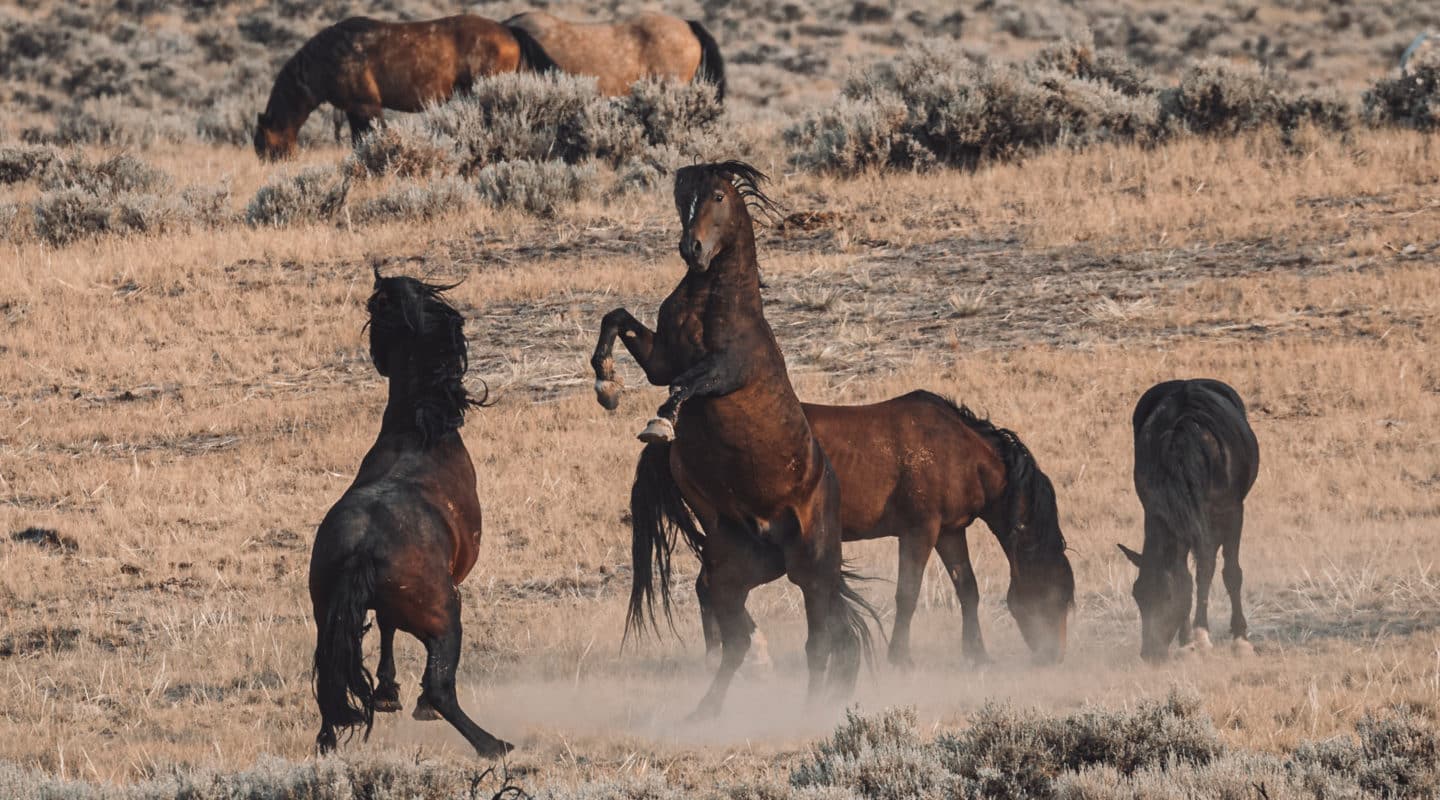
Ethics of the Rodeo
Animal advocate groups have criticized rodeos for poor treatment of horses and livestock for the sake of competitions, and protests began as early as the 1870s. In early days, there were no official regulations for the ethical treatment of animals and there were surely unsavory practices. In the 1930s, some states began passing laws prohibiting rodeos and restrictions were growing. In the 1950s, organizations realized that in order to keep the sport alive, these issues should be addressed and that public transparency along with development of regulations was necessary.
Laws governing the rodeo vary throughout states. Some tools such as electric prods were outlawed, and some states outright banned certain events. Great lengths are taken to prevent injury to animals such as horn protection and fleece lined straps. Some welfare organizations flat out oppose any method of using animals for entertainment, while others take strict stances on the standard of treatment that must be provided. Today, you will find a varying degree of laws and regulations across the US, but as a whole, the sport has adopted far more progressive ethics in its practices.
Rodeo is a serious business with potential for serious winnings. The horses and livestock are huge investments that receive world class training, breeding, and veterinary care. A trained bucking bronco, for example, can sell for $10,000 or more and would not perform at the required level without receiving impeccable care and being in tip-top shape. Bucking broncos and bulls used for bull riding events carry a misconception of being wild and/or abused, resulting in the explosive riding displays. The animals are actually bred for bucking and have a stronger disposition towards it genetically. Broncos are not wild, but are certainly more high-spirited. Bulls are generally allowed to lead a semi-wild life in open pasture, receiving minimal training to allow handlers to provide veterinary treatment and load them up in a trailer and a chute.
Modern rodeos are closely monitored. Studies conducted by on-site, independent veterinarians found that the injury rate for animals involved in competitions was 0.004, or 1 in 2000. To most cowboys and ranches, the animals are their livelihood and it is in their best interest to provide the best treatment possible, maintaining happy, healthy animals to ensure successful competitions and happy spectators.
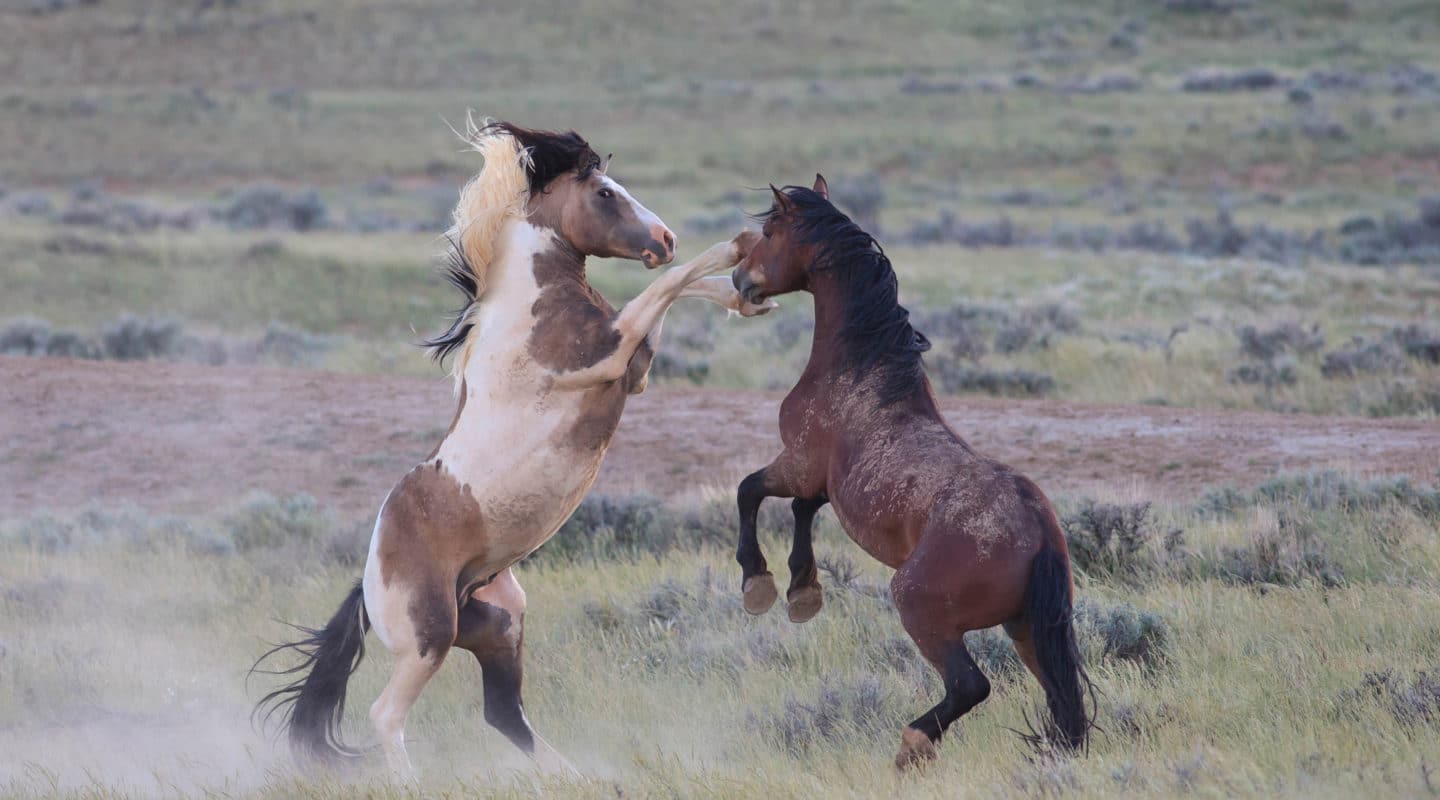
See the Rodeo in Jackson Hole
When you visit Jackson Hole, or any town that is steeped in Western history and culture, a rodeo is typically one of the exciting activities you can choose to attend. Wyoming is known as the rodeo capital of the world with several towns hosting regular major rodeo events. Jackson has its very own fairgrounds that holds 3 rodeos a week during the summer months, most of which sell out!
In between exploring the valley and thrilling wildlife safaris, experience an age old tradition that embodies the spirit of the Wild West.
See the Yellowstone National Park and include a stop in Jackson, WY when you book a multi-day Yellowstone and Grand Teton Tour.

